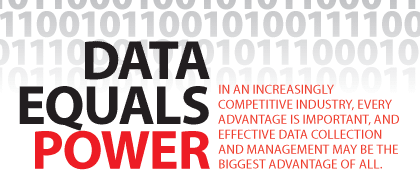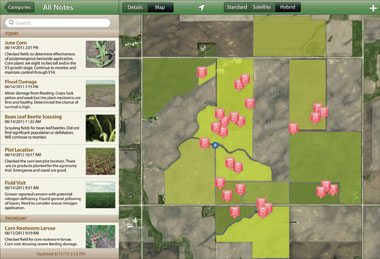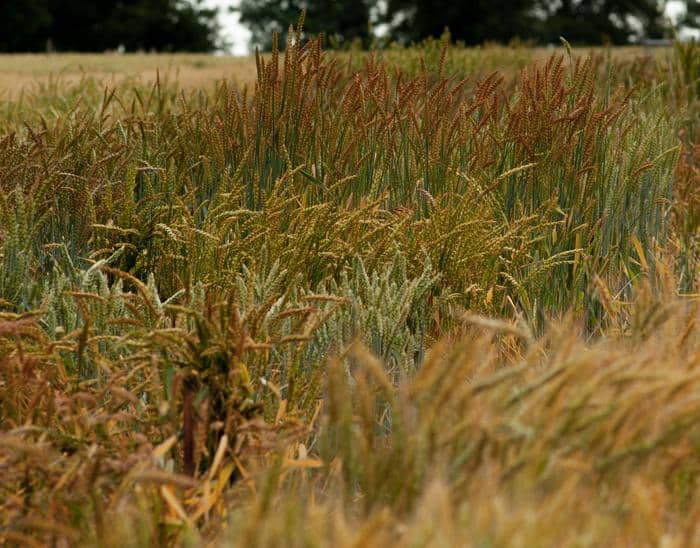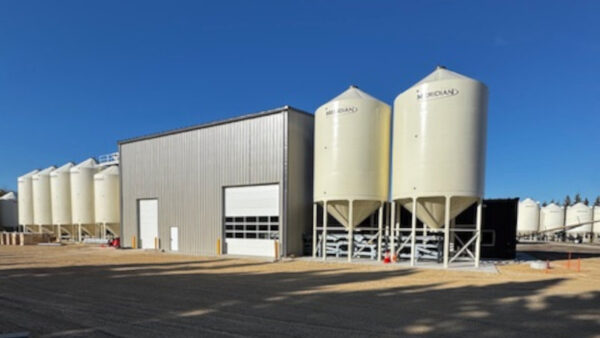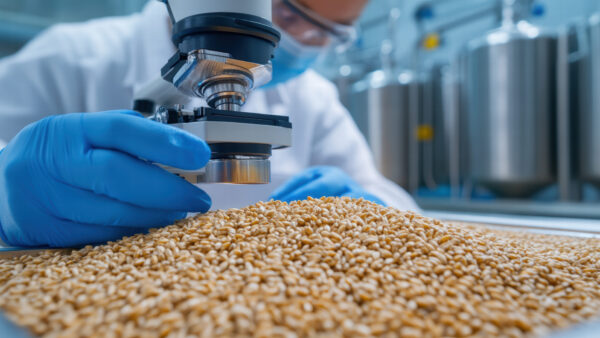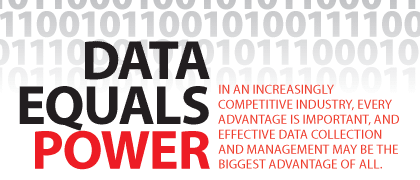
Twenty-five years ago, when personal computers were still in their infancy and hand-held mobile devices were unheard of, seed breeders used pen and paper to record data in the field. Since then, there’s been a flood of changes in communications technology that has affected every area of the seed industry — not the least of which is the area of data collection and management.
Today, every link in the seed industry’s production chain — researchers, breeders, growers, distributors and sellers — records, stores and utilizes more data than ever before, thanks to developments in data management technology.
As the data adds up, however, it’s not always clear what the end-goal of all that collected information should be. Do we have too much information on our hands, or does more knowledge — or data — always equal more power?
Dieter Mulitze, president and CEO of Agronomix Software Inc., a Winnipeg, Man.-based plant breeding software company, believes that for seed breeders, it does.
“With tighter competition of varieties and hybrids between seed companies, more data is needed to prove a competitive advantage,” says Mulitze. “Genotype x environment issues are still there, quality demands are not going away, and genomic data is especially relevant when related to phenotypic data.”
For breeders, Mulitze believes data collection is essential to staying competitive and developing new and better varieties. “Some breeders even take environmental data and include that in computing breeding value and genetic predictions,” he says. “This all leads to the ultimate function of developing a new, superior hybrid or variety as well as identifying the best genotypes for future crosses and hybridization.”
Before the information can be used, however, it must be contextualized and given a raison d’être, according to Mulitze. “Ultimately, the user must be able to determine the form and function of the data they collect,” he says.
Once a goal for data collection has been determined, the whole enterprise has meaning for the plant breeder — but effective storage is the key to making that data useful. “With a wide range of breeding programs, flexibility in data storage is a key. However, if stored data cannot be easily retrieved and then used in some meaningful fashion … it will certainly slow the development process,” says Mulitze.
“With logical, relevant, powerful data management tools for breeders, all that data will aid breeders and not slow them down.”
Tools for Data Handling
Agronomix Software offers tools that can help breeders manage data from the field to the lab. The company’s chief database management and analysis software package for breeders, AGROBASE Generation II, is built as a highly relational database on Microsoft’s SQL Server technology, according to Mulitze, and has been used by breeders in 40 countries around the world.
“This year, we released AGROBASE Tablet for Windows tablets, which allows for almost instant download over the Internet from a central server with an AGROBASE SQL database. A breeder takes notes in the field on a tablet and then uploads the data via the Internet to the server with only a few clicks,” explains Mulitze.
The value in the AGROBASE system, says Mulitze, is not just in its ability to collect and store data for plant breeding and variety testing — although it does this in spades. “Our system is highly relational, which means that in ways very important for practical plant breeding data can be queried, displayed, viewed across generations or interlinked as per specific breeding objectives — not easily done, or not [done] at all, in other such software systems,” Mulitze explains.
To complement the AGROBASE system, Agronomix offers a link to a statistics package geared to agricultural research called GenStat for registered users of the package. In addition, there is a link from AGROBASE to the widely used R open source statistics software.
The company has also offered customized training opportunities since 1990, to enable users to take ownership of the technology — and make it work for them. Recently, the company created a new website with client access to a learning centre, which contains 100 tutorials for users. The website has 700 individual accounts created so far, says Mulitze. “The goal is to maximize the ROI. Anyone can license software, but will you really be able to use it? Online tutorials are a key part of the answer – 700 users must be on to something!”
The philosophy behind any data handling software is clearly the dictum that knowledge equals power. In the competitive playing field of the seed industry, any advantage is valuable, and effective data handling almost certainly promises a higher “score.”
But data collection can only be one half of the coin — the knowledge of how to use it is just as important.
Julienne Isaacs
Data Collection in the FieldData collection is important for breeders, but it’s also crucial for seed growers hoping to gain an edge. According to Nathan Paul, DuPont Pioneer’s services application manager, data management can be the difference between a disappointing and a profitable year for large-scale growers. “Data management will continue to drive many larger operations in the direction of simplicity, convenience and real-time, profitable decision-making,” says Paul. DuPont Pioneer’s Pioneer Field360 service offerings are available in Canada, including its Pioneer Field360 Tools app, which can be used to track in-season growing degree units and precipitation accumulation, as well as provide real-time agronomic information for estimated growth stages of Pioneer brand products, according to Paul. “Pioneer Field360 Notes app lets growers and sales professionals share real-time agronomic information with each other while scouting fields,” he says. To complete the suite, Pioneer Field360 Select software allows growers to view uploaded information from their fields in a mobile fashion to track variety locations, variable rate prescriptions, fertility maps, harvest maps or other historical field information, says Paul. “Cloud-based data services and mobile management tools are growing at a rapid rate and Pioneer is helping lead the way into the next generation of data management,” he says. |


